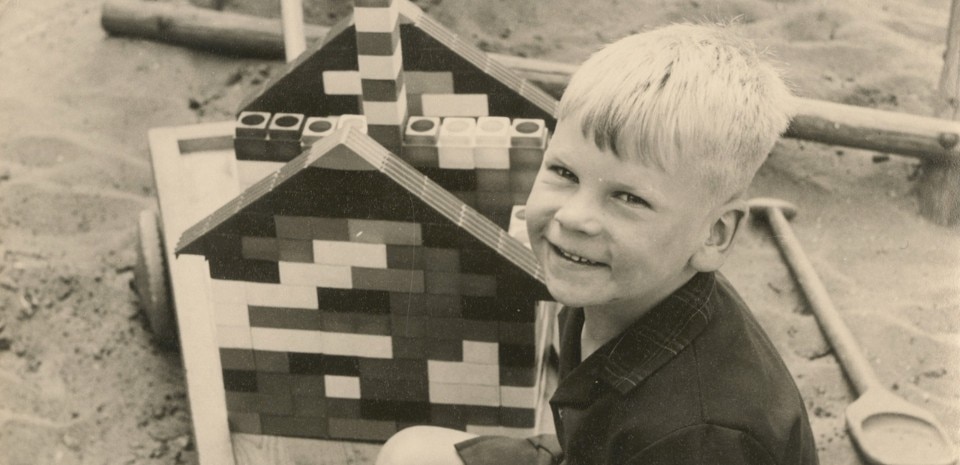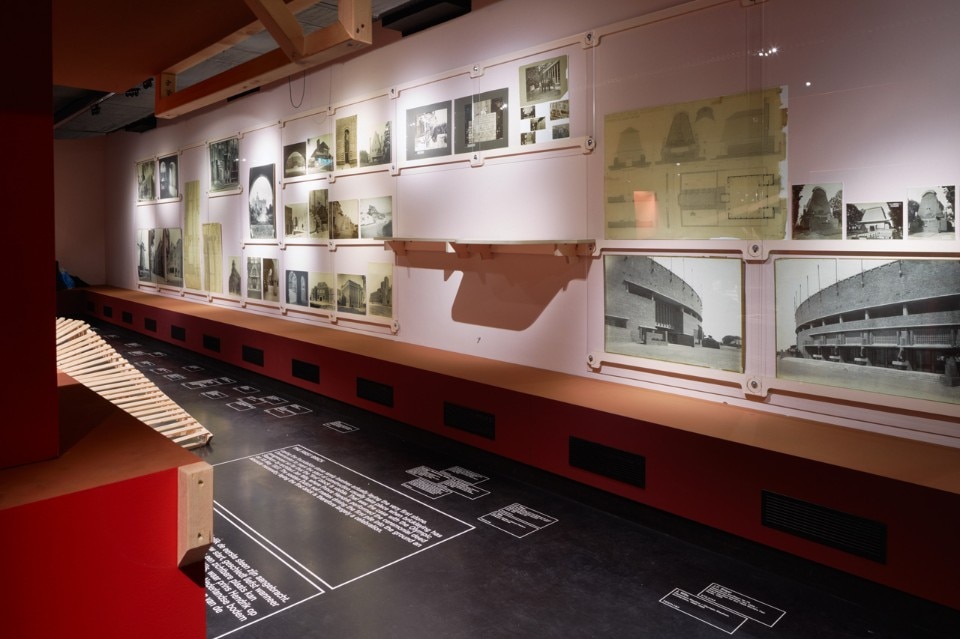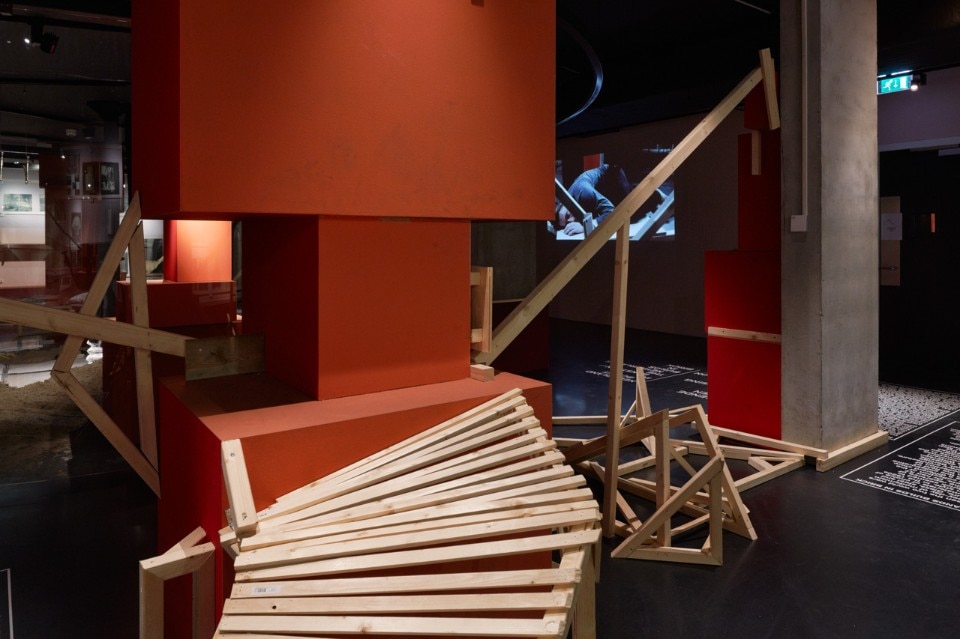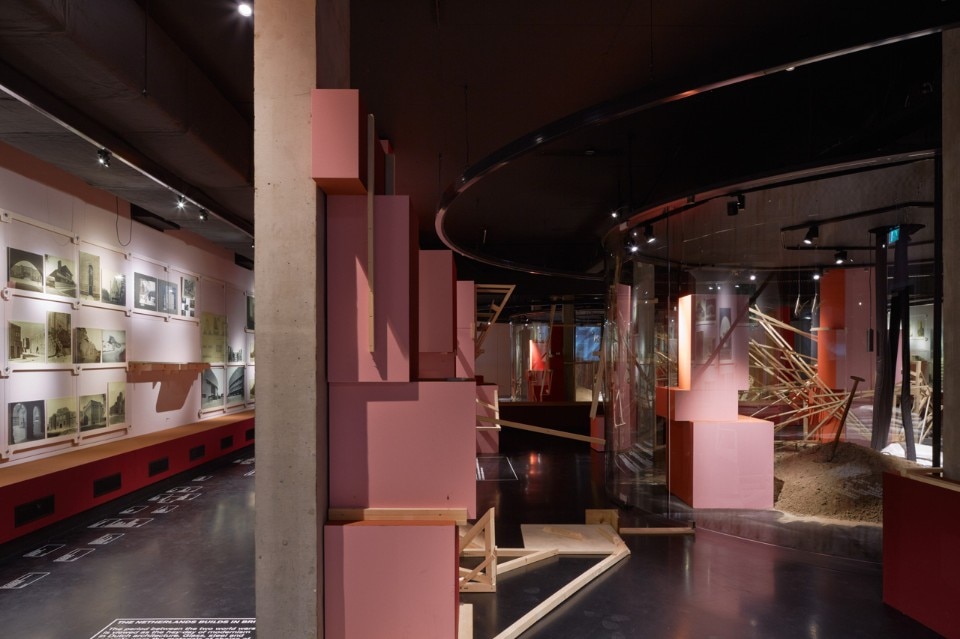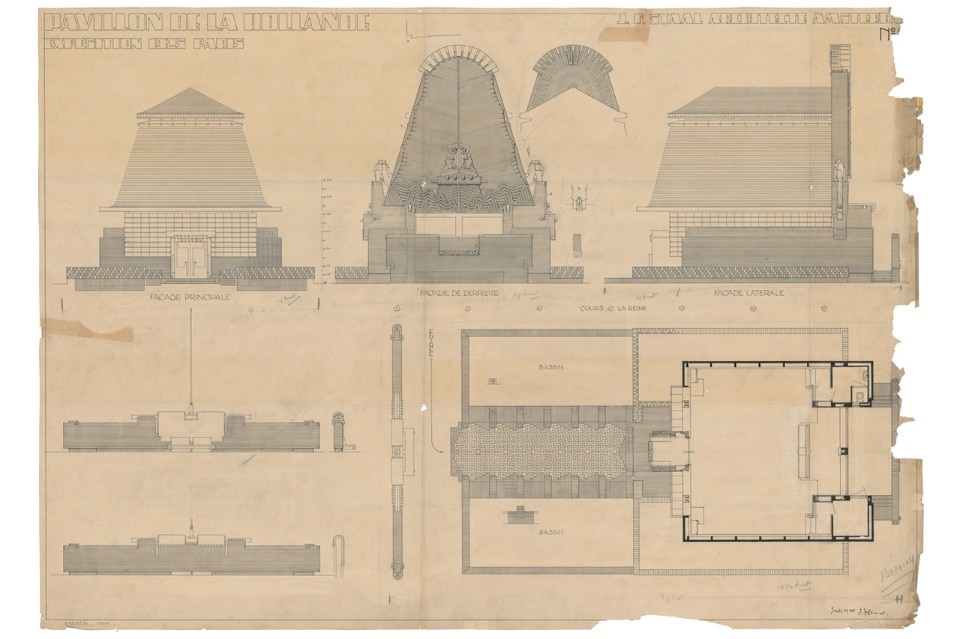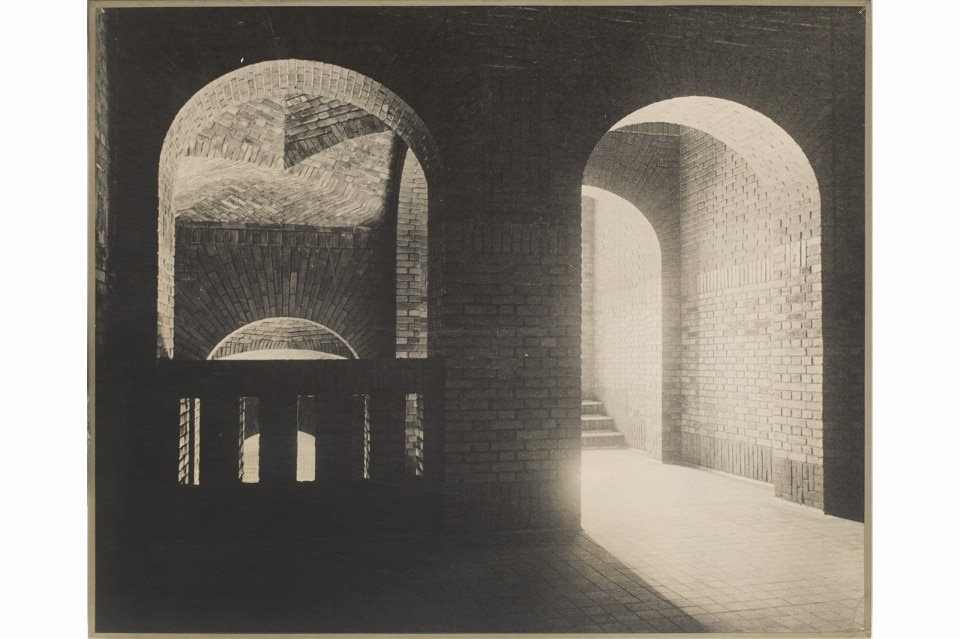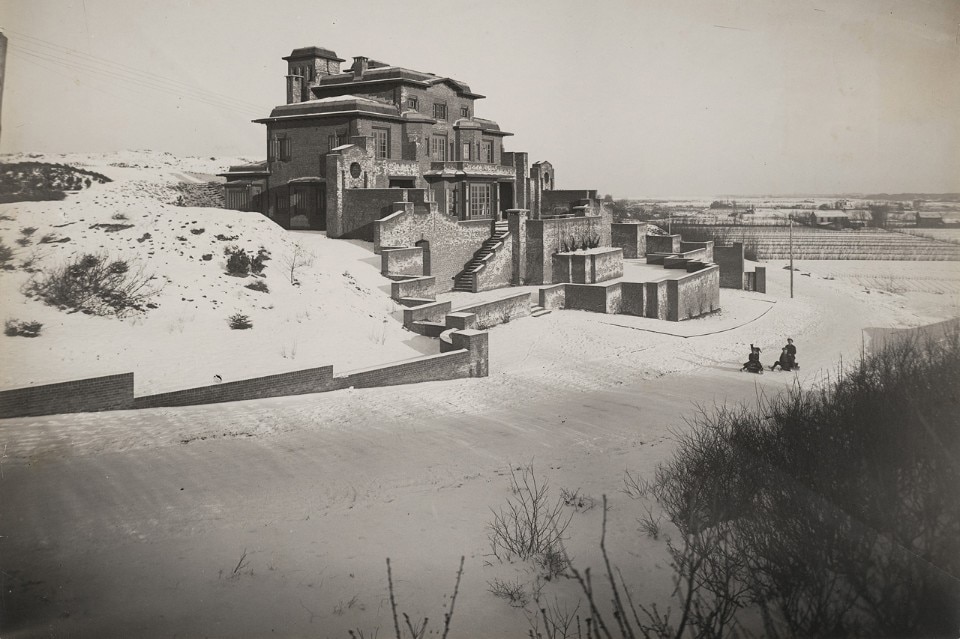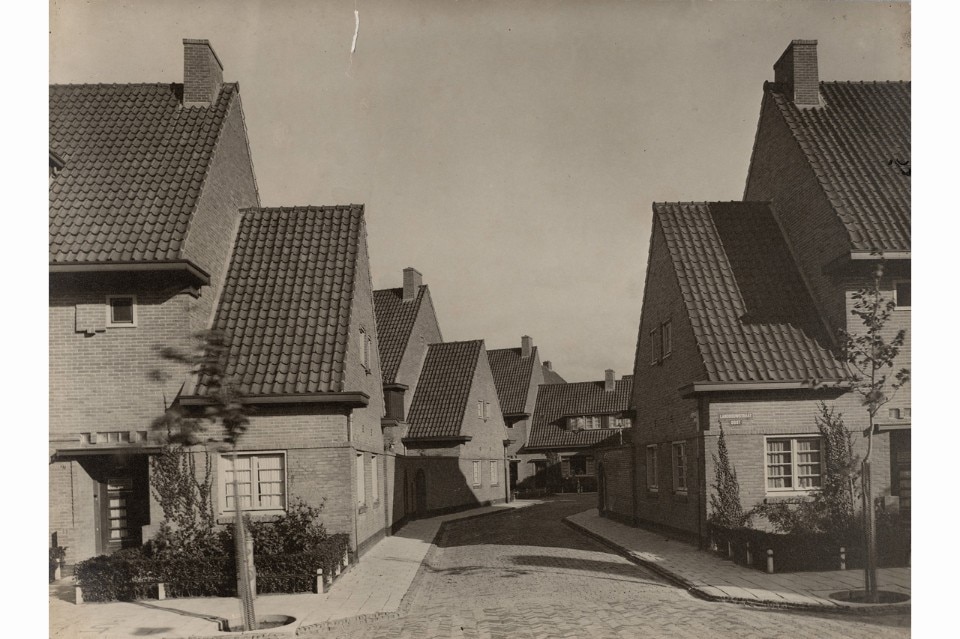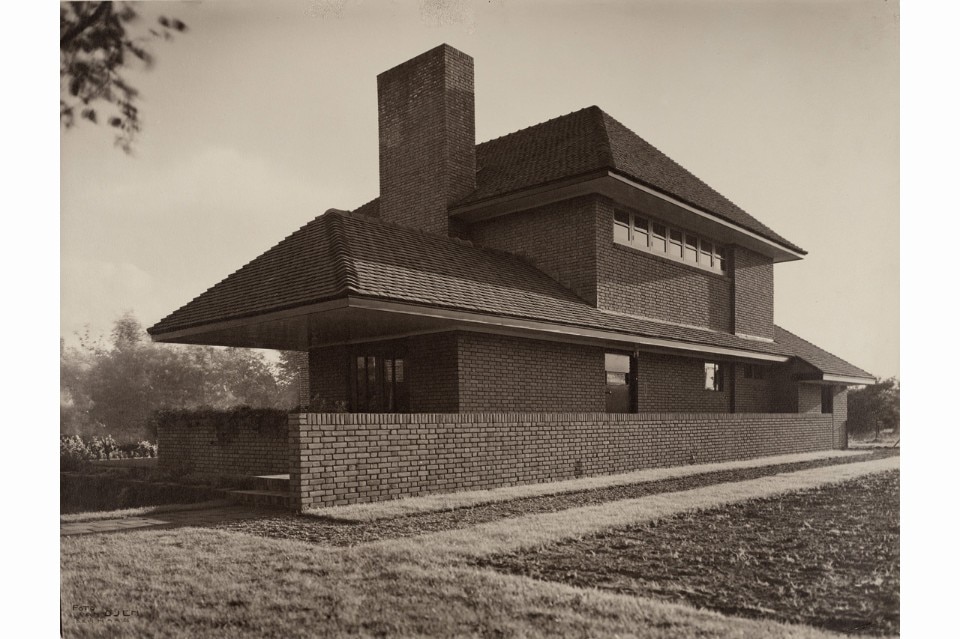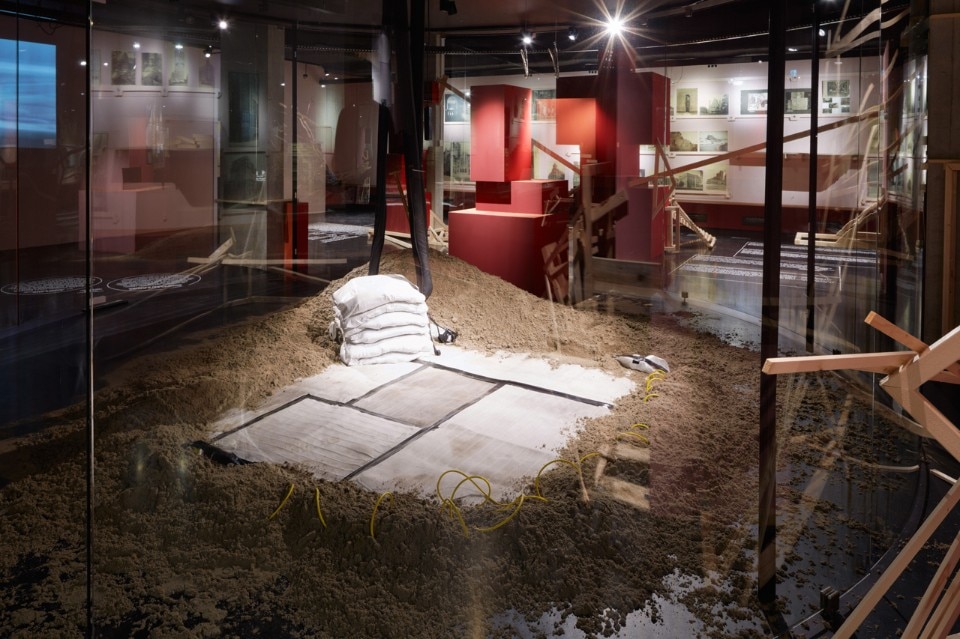
The common image of Dutch architecture between the two world wars is defined by the Nieuwe Bouwen movement.
During the inter-war period, modern, functionalist designs in glass and concrete were thought to have comprehensively dethroned the traditional brick architecture of Berlage, Kropholler and the Amsterdam School.
Yet “The Netherlands builds in brick” shows that brick architecture continued to develop alongside modernism. Illustrations of that are the expressive brickwork of the Shipping Office Building by Joan van der Mey, and the solidly majestic quality of a residence designed by Willem Kromhout in Noordwijk aan Zee, which rises out of the dunes like a fort.
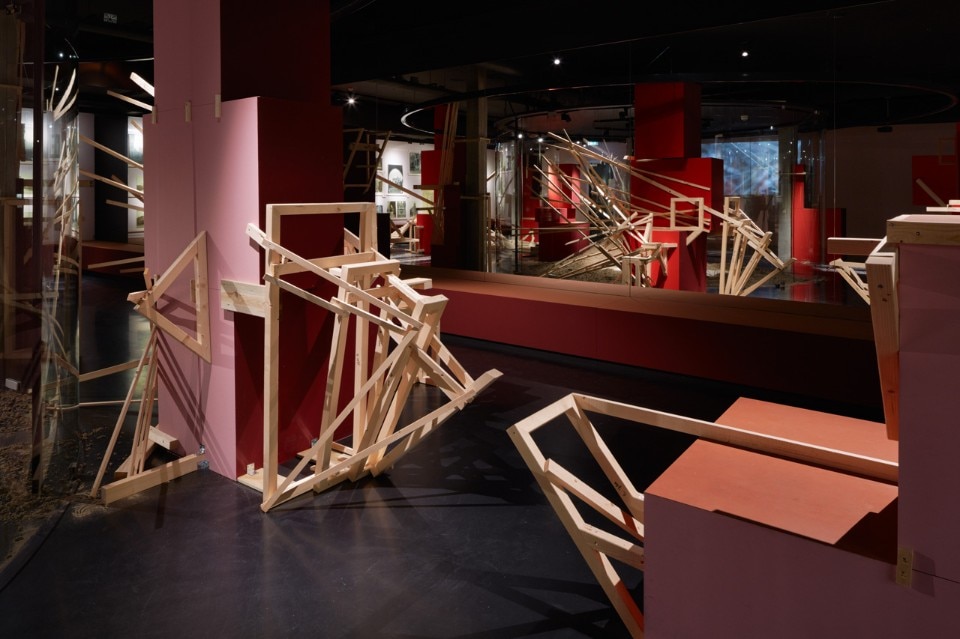
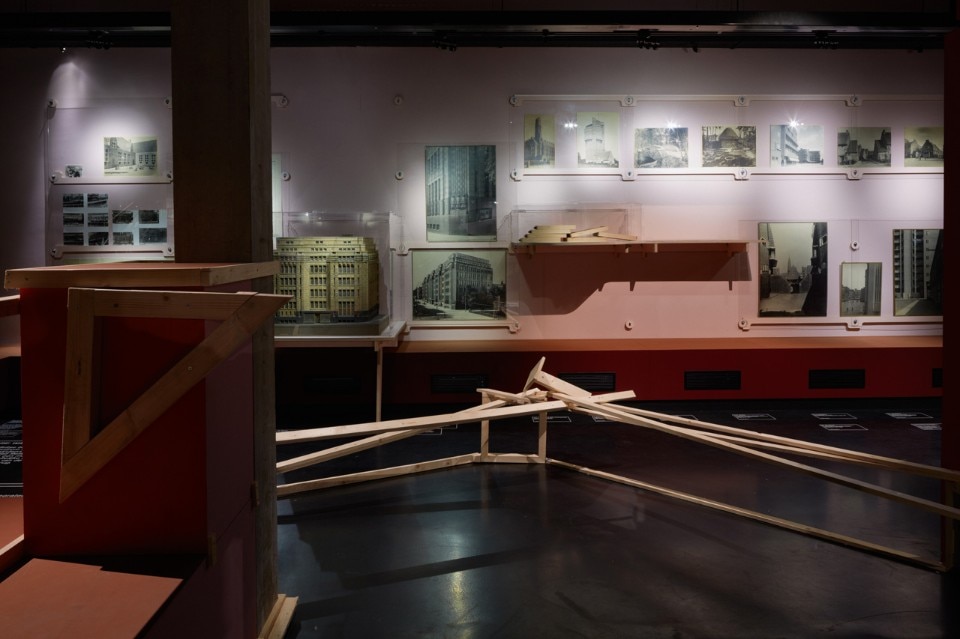
until April 6, 2015
The Netherlands builds in brick
curated by Alfred Marks
exhibition design: Studio Makkink&Bey, in collaboration with Leon de Bruijne, Govert Flint and Harm Rensink
Het Nieuwe Instituut
Museumpark 25, Rotterdam


